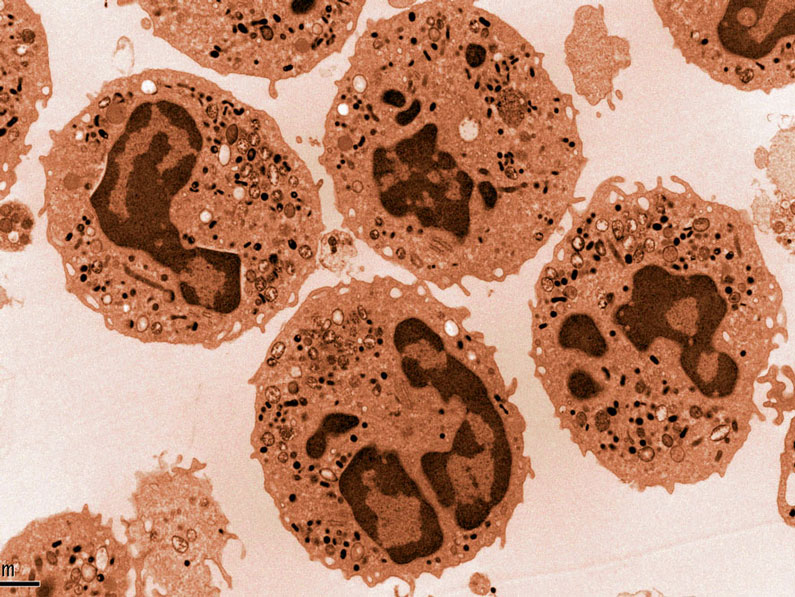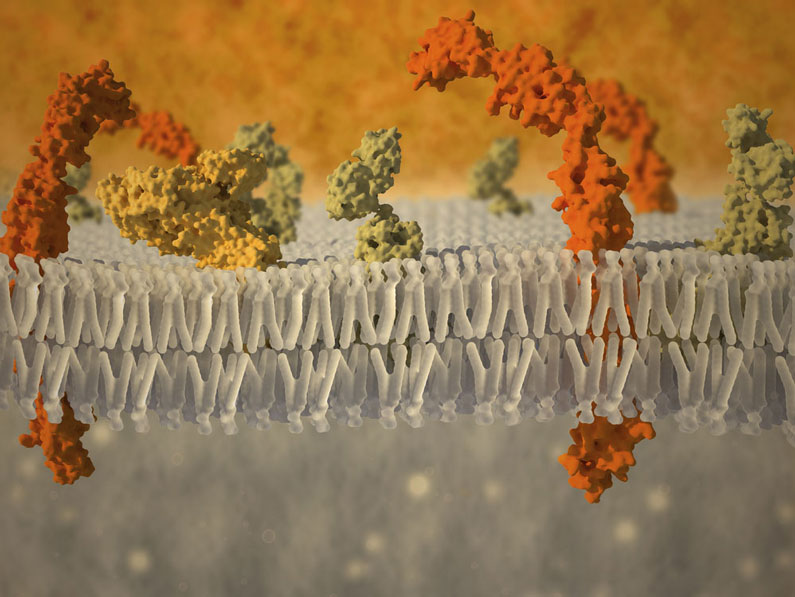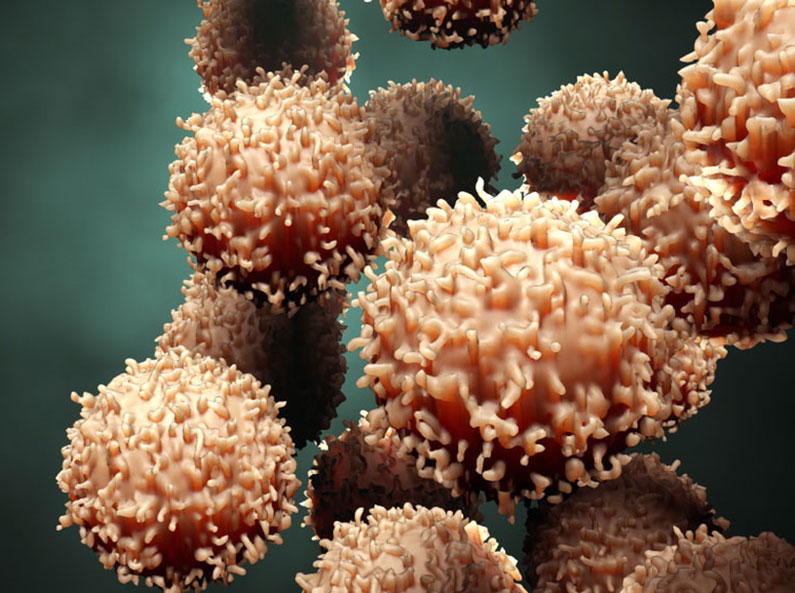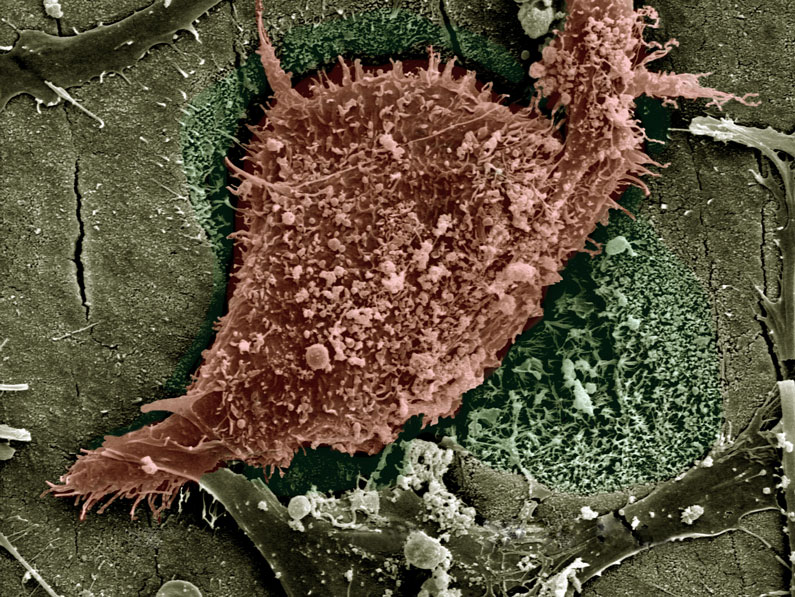We have developed and characterized transgenic mice expressing in a dysregulated manner either the human IL23p19 (TghIL23p19) or the human IL12p40 (TgK14hIL12p40). In both transgenic lines, dysregulation is the result of the replacement of the gene’s 3’UTR with that of beta globin that is not subject to posttranscriptional regulation. Expression pattern is determined by the promoters used, that is the gene’s own promoter for TghIL23p19 and the human keratin 14 promoter for TghIl12p40. Both transgenic lines develop lupus-like autoimmune pathologies and are available for testing therapeutics.
| Model | Disease | Treatment | Pathology | Read outs |
| TghIL23p19 | Lupus-like | Guselkumab | -Dermatits -Splenomegaly -Renal pathology |
-Weight -Skin clinical scoring -Histology -Circulating IgG levels -Urine protein |
| TgK14hIL12p40 | Lupus-like | Ustekinumab | -Dermatits -Splenomegaly -Renal pathology |
-Weight -Skin clinical scoring -Histology -Circulating IgG levels -Urine protein |




